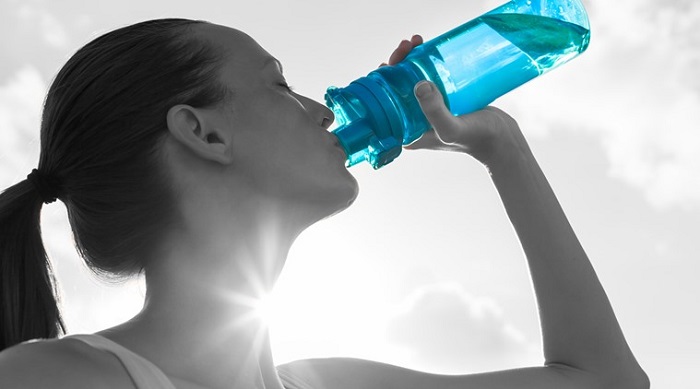These dual-layer biofoam sheets work by drawing up water from underneath and then causing it to evaporate in the uppermost layer, releasing fresh water as condensation on the top and leaving particles and salts stuck in the foam.
"The process is extremely simple... the entire thing is produced in one shot," said one of the researchers, Srikanth Singamaneni from Washington University in St. Louis.
"We hope that for countries where there is ample sunlight, such as India, you`ll be able to take some dirty water, evaporate it using our material, and collect fresh water."
The graphene is present in the top layer in the form of graphene oxide. The properties of the material on this layer mean heat from the Sun is trapped and doesn`t leak to the layer or water below, maximising the efficiency of the whole process.
The lower layer, made from an organic compound called pristine cellulose and produced by cultured bacteria, is responsible for drawing up the water, and both sections of the biofoam are carefully balanced to complement each other.
The process used to make these sheets is also of special interest: as bacteria is cultured to form cellulose, graphene oxide flakes are added for half of the process, creating the uppermost layer. The researchers liken it to the way an oyster makes a pearl.
The biofoam produced at the end is light and the overall process isn`t expensive, making it suitable for remote and rural locations without access to alternative water purification systems.
"Both materials going into this are highly scalable," Singamaneni said. "So one can imagine making huge sheets of the biofoam."
It`s not the only project in development to harness the power of the Sun to create a portable filtering system. Last year a team from MIT won a prestigious prize for creating a solar-powered system that could be moved around on a trailer.
In that case, photovoltaic panels were used to charge up a cache of batteries and power an electrodialysis machine – whereas the biofoam sheets developed by the Washington University team need no electricity at all.
Meanwhile, a process recently developed in Egypt also harnesses the evaporation cycle to clean up salty or dirty water. A desalination technique known as pervaporation was used by researchers at Alexandria University, whereby synthetic membranes trap impurities and large particles of salt.
While they`re still in the early stages, all of these projects give us hope that a major shift is coming in water purification technology and its availability – and one that will benefit the 1 in 10 people worldwide that still lack access to safe drinking water.
More about:
















































